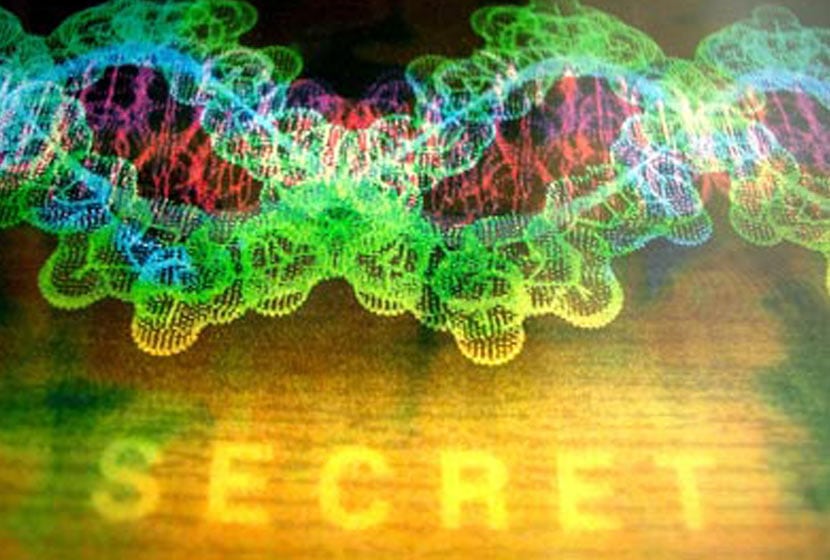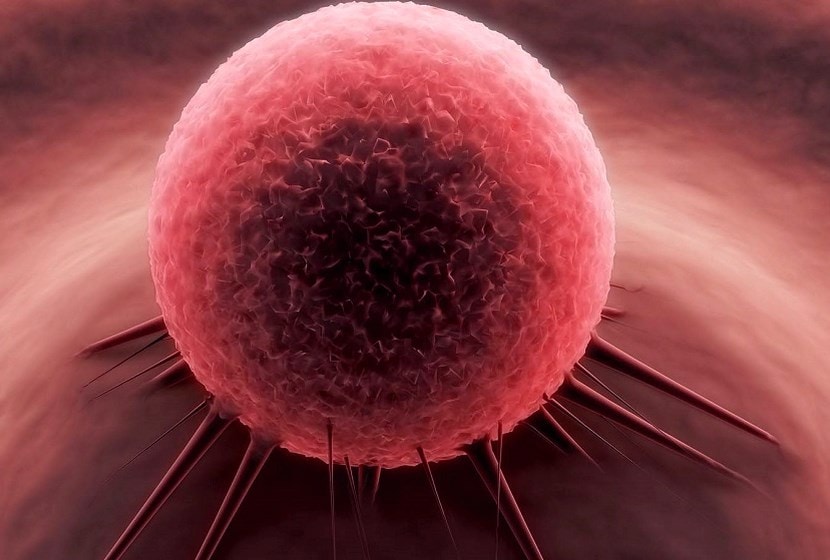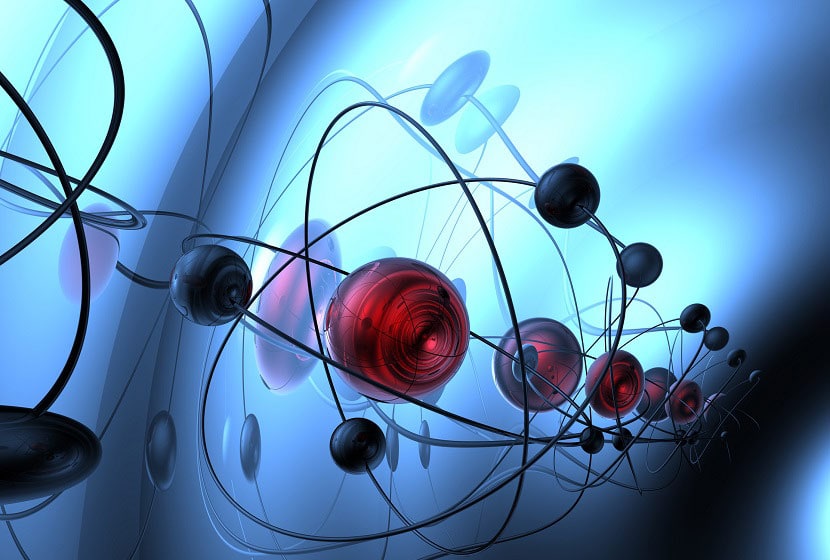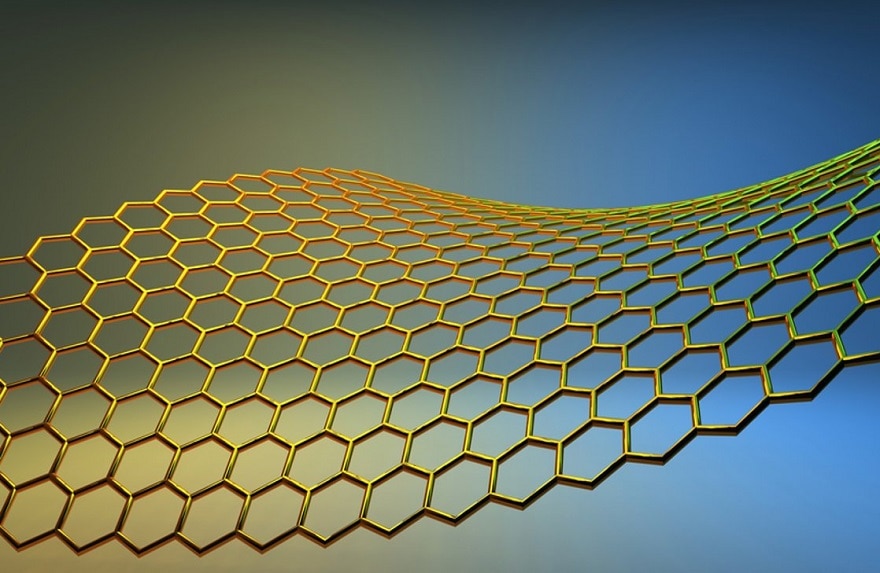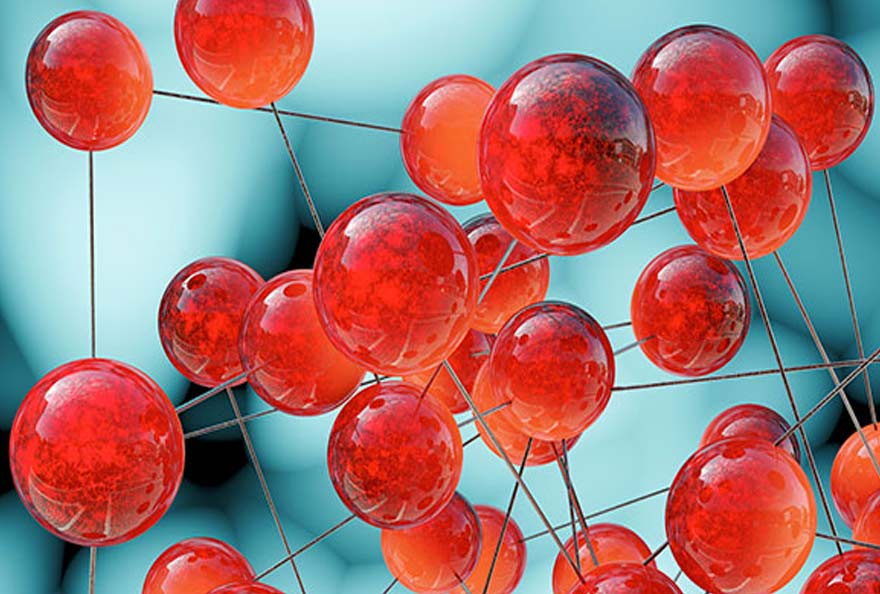A new space for dialogue, the NanoRESP ForumThe aim is to "share knowledge, concrete initiatives, uncertainties and expectations related to nanotechnologies in order to question the uses, benefits and risks of nanoproducts with regard to existing alternatives", and to "examine how the various stakeholders concerned assume their responsibilities". The first part will take place on Thursday 5 December (6.30pm-9.00pm), at the Town Hall of the 2nd arrondissement of Paris, on the theme of the traceability of "nanoproducts".
 Ds Woodrow Wilson International Center for Scholars (WWICS, Washington) latest inventory (1)In 2010, 1,628 consumer products on the world market were "nanoproducts", i.e. they contain nanomaterials - a growth of 24 % since 2010.
Ds Woodrow Wilson International Center for Scholars (WWICS, Washington) latest inventory (1)In 2010, 1,628 consumer products on the world market were "nanoproducts", i.e. they contain nanomaterials - a growth of 24 % since 2010.
Of these, 741 come from the United States, 440 from Europe and 276 from Asian producers. Nearly 50 % of these products (788) are found in the "health and fitness" category alone, corresponding to personal care (292 products), cosmetics (154), clothing (187), sports (119), filtration devices (43) and sunscreen (40).
This is followed by home and garden products (221 products), food (194), automotive (142), multifunctional products (83, including coatings), electronics and computer products (61), household appliances (48) and toys (29). The six most common nanomaterials in all of these products are nano-silver (383 products), titanium dioxide (179), carbon nanotubes (87), silica (52), zinc (36) and gold (19). (see graph).

But what is a nanomaterial, and why are we talking about it?
Definitions still vary depending on the source, but it is commonly accepted that it is any substance between 1 and 100 nanometres (1 to 100 billionths of a metre) in size that is present in consumer products because of its physicochemical or biological properties. Such substances can have biological effects when inhaled or ingested by humans or living organisms.
The identification of their sources and the products in which they are present would, in principle, make it possible to take the necessary measures for proper use and prevention in environments where exposure to nanomaterials is possible in the short or long term.
The WWICS inventory gives consumers an idea of products that contain nanomaterials. However, it does not allow an accurate quantitative and qualitative analysis of the nanomaterials used on a particular national market and the possible associated risk exposures.
This analysis is one of the objectives of the annual declaration of quantities and uses of "substances in the nanoparticle state" placed on the market in France. It has been mandatory in France since January 1, 2013 for all manufacturers, importers and distributors of such substances. (2).
As of June 30, 2013, 3,400 notifications for distribution or import of nanoparticle substances made in 2012 had been submitted by approximately 930 notifiers, including more than 90 foreign suppliers. A report from the National Agency for Food, Environmental and Occupational Health Safety (Anses) is due to be made public shortly - legally no later than six months after the declaration deadline. (3) . It will list the substances declared and their uses, which may make it possible to start describing the pathways and quantities of the different types of nanomaterials (nano-silver, titanium dioxide, etc.) used in France.
At the European Union level, following a recommendation from the European Commission in October 2011, the REACH Regulation on the Registration, Evaluation and Authorisation of Chemicals is being adapted to take nanomaterials into account. (4) while the CLP (Classification, Labelling, Packaging) Regulation sets out obligations for the classification, labelling and packaging of substances and mixtures, including nanomaterials and nanoproducts. (5).
In practical terms, these regulations have not yet changed anything, and nanomaterials are increasingly being used on the European market without any real monitoring or impact studies. Moreover, since mid-2013, European regulations on biocidal products and cosmetics have included specific labelling indicating the presence of nanomaterials. The same will be the case from 13 December 2014 for nanoparticle additives in food products. However, "nano" labelling on the packaging of these products only indicates the presence of a nanomaterial; it says nothing about the quantities and associated risks, or precautions for use, and therefore serves more as a default choice than a reasoned choice.
In order to invent traceability of nanoproducts or nanomaterials, it is likely that we need to go further. For example by developing in all European countries national registers of all produced and imported nanomaterials and products containing them, and by making the corresponding scientific knowledge (properties, toxicological effects, known or suspected ecological impacts, work in progress) accessible via these registers for professional users and consumers.
Wouldn't that be the only real way for everyone to exercise their responsibility and to consume without running the risk of affecting those around them, society and the environment?

(1) Project on Emerging Nanotechnologies, Woodrow Wilson International Center for Scholars http://www.nanotechproject.org/cpi/
(2) Articles L. 523-1 to 523-3 of the Environment Code.
(3) http://www.r-nano.fr
(4) How can REACH be adapted to nanomaterials? European Commission consultation until 13 September, VeilleNanos, 25 July 2013 http://veillenanos.fr/wakka.php?wiki=NanoReachConsultationCE2013
(5) http://echa.europa.eu/fr/chemicals-in-our-life/nanomaterials

